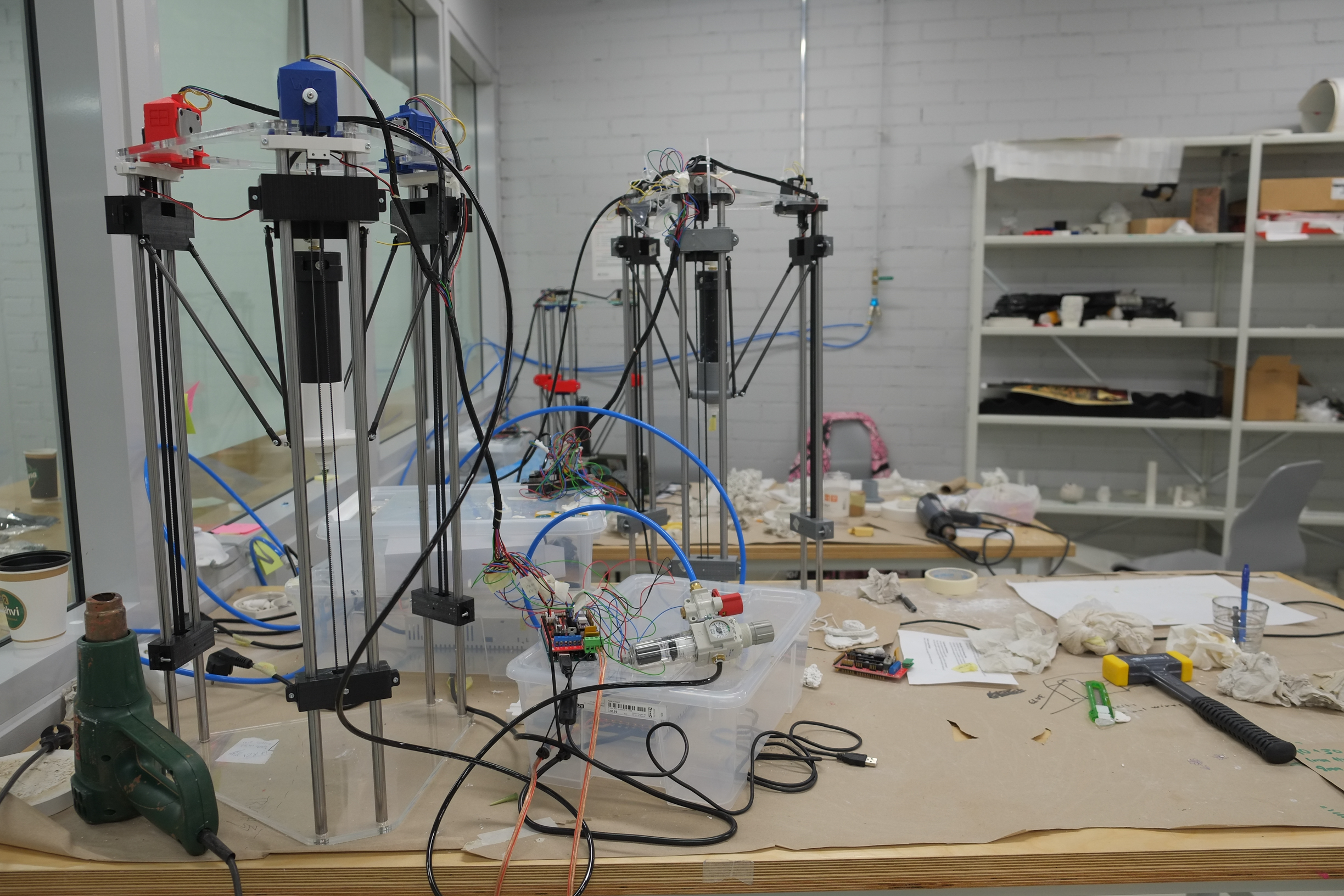
LEARNING OUTCOMES
At the end of the course, students should be able to:
- carry out a personal design project within a pre-defined design process while acknowledging constraints for production using 3D printing.
- recognize the difference between solid and surface modelling and use associated 3D software to execute rudimentary design tasks.
- recognize the basic ideas behind open design and discuss its impact on the work practices and processes of designers.
- explain the reasoning behind his/her own design and document his/her design processes in visual and textual form.
Credits: 9
Schedule: 13.09.2021 - 29.10.2021
Teacher in charge (valid for whole curriculum period):
Teacher in charge (applies in this implementation): Oscar Person, Cindy Kohtala, Anssi Ahonen, Mervi Palva
Contact information for the course (applies in this implementation):
CEFR level (valid for whole curriculum period):
Language of instruction and studies (applies in this implementation):
Teaching language: English. Languages of study attainment: English
CONTENT, ASSESSMENT AND WORKLOAD
Content
valid for whole curriculum period:
In this course, students are introduced to open design and digital manufacturing and its impact on 21st century design work. Additive manufacturing offers a range of opportunities for designers in areas such as complex, parametric and generative design as well as on-demand production. Much development work also holds connections to alternative design cultures such as hacking, free sharing and copyleft licensing, which increasingly impact the professional landscape for designers.
In exploring the impact of such technological and social development on design, students explore the opportunities available in open source design and digital manufacturing by executing a personal design project about an everyday object. Guided through the process of designing the object, students are introduced to foundational ideas for open design, CAD (solid and surface modelling) and mechatronics. They are also supported in the practical design work through weekly assignments and theory-informed in-class discussions on design and designing. The projects are presented at the end of the course and documented in a written report.
Assessment Methods and Criteria
valid for whole curriculum period:
The final grade for the course is based on the results of the project (production and documentation) and assignments that the students execute both individually and in smaller groups throughout the course.
Students must attend and display active
Workload
valid for whole curriculum period:
The total workload for the course amounts to 245 hours (I ECTS credits = 27.3 hours).
- Contact teaching (including final presentation) 133 hours
- Individual and group work 82 hours
- Personal reflection 30 hours
DETAILS
Study Material
valid for whole curriculum period:
A reading list is provided at the beginning of the course.
Substitutes for Courses
valid for whole curriculum period:
Prerequisites
valid for whole curriculum period:
SDG: Sustainable Development Goals
9 Industry, Innovation and Infrastructure
12 Responsible Production and Consumption
FURTHER INFORMATION
Further Information
valid for whole curriculum period:
Number of students: 26 max
Learning outcomes, content and assessment methods and criteria updated by decision of Academic Committee for Arts, Design and Architecture on 25 August, 2020.
Teaching Period:
2020-2021 Autumn I
2021-2022 Autumn I
Course Homepage: https://mycourses.aalto.fi/course/search.php?search=ARTX-C1016
Registration for Courses: Sisu replaces Oodi on 9 August, 2021. Priority order to courses is according to the order of priority decided by the Academic committee for School of Arts, Design and Architecture: https://www.aalto.fi/en/services/registering-to-courses-and-the-order-of-priority-in-aalto-arts
Only open for major students in English-medium BA programme in Design
